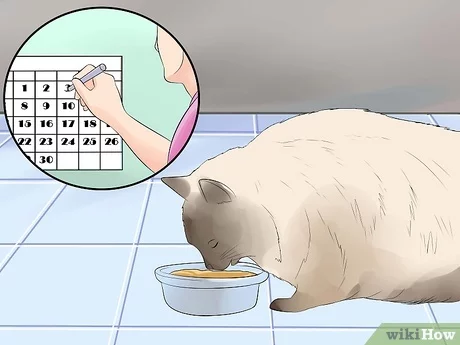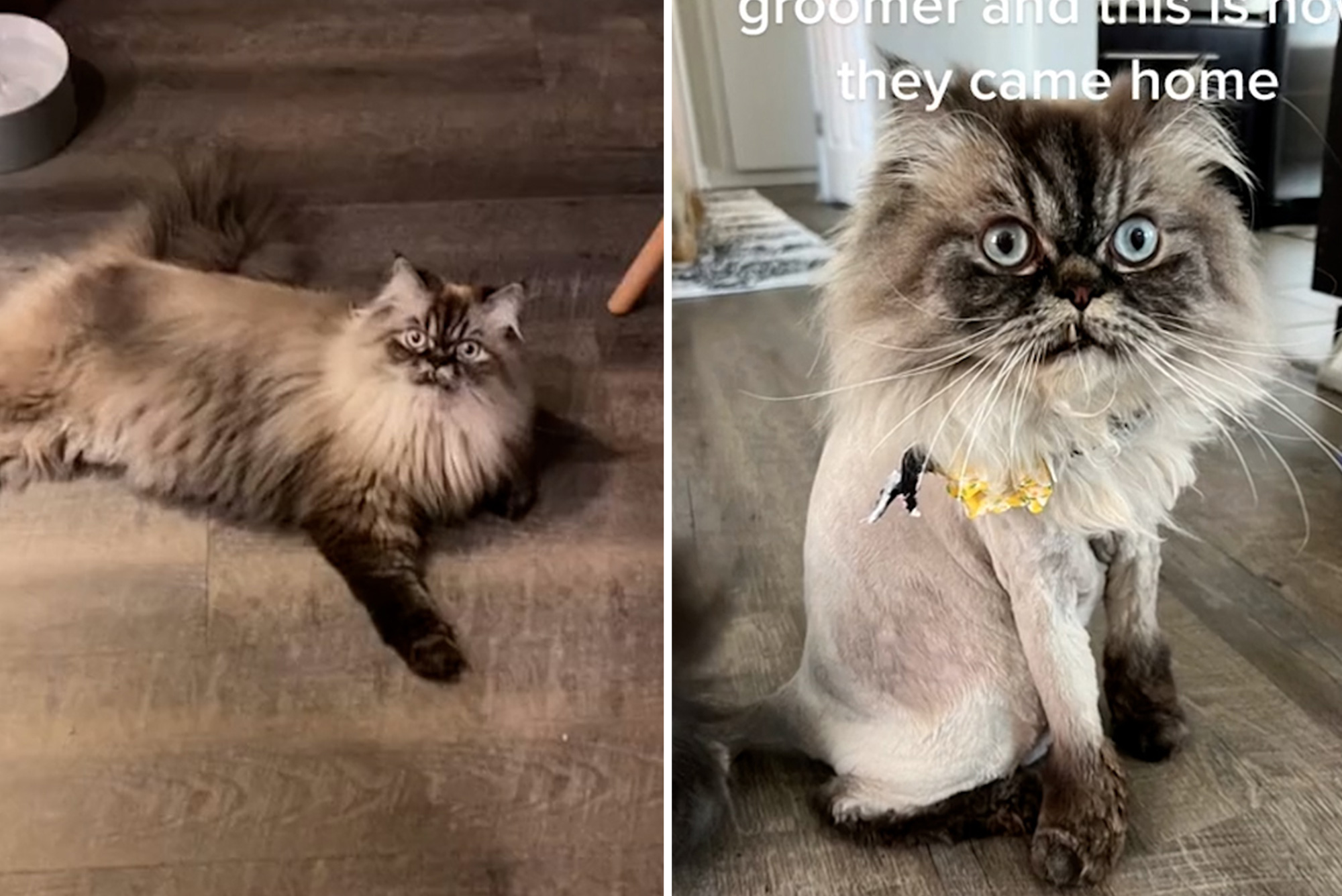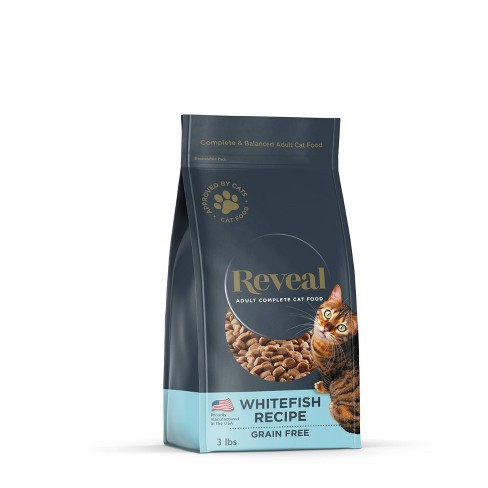Your Himalayan cat may be skinny due to genetic factors or health issues. A vet visit is essential to rule out underlying conditions.
Himalayan cats, often distinguished by their luxurious fur and striking blue eyes, have captured the hearts of many pet enthusiasts. These cats, a crossbreed between Persian and Siamese breeds, carry unique traits which may affect their body size and weight.
Owners sometimes notice variations in their pet’s physique, raising concerns about skinniness. Slimness in these cats can stem from a multitude of factors, including diet, exercise, and metabolic rates. It’s important for owners to consider that each cat has its individual body constitution which might naturally lean towards a slender frame. Nonetheless, significant changes in weight should prompt a consult with a veterinarian to ensure there’s no underlying health issue needing attention. Our feline friends deserve proper care to maintain their well-being, and addressing weight concerns is a crucial part of their overall health management.
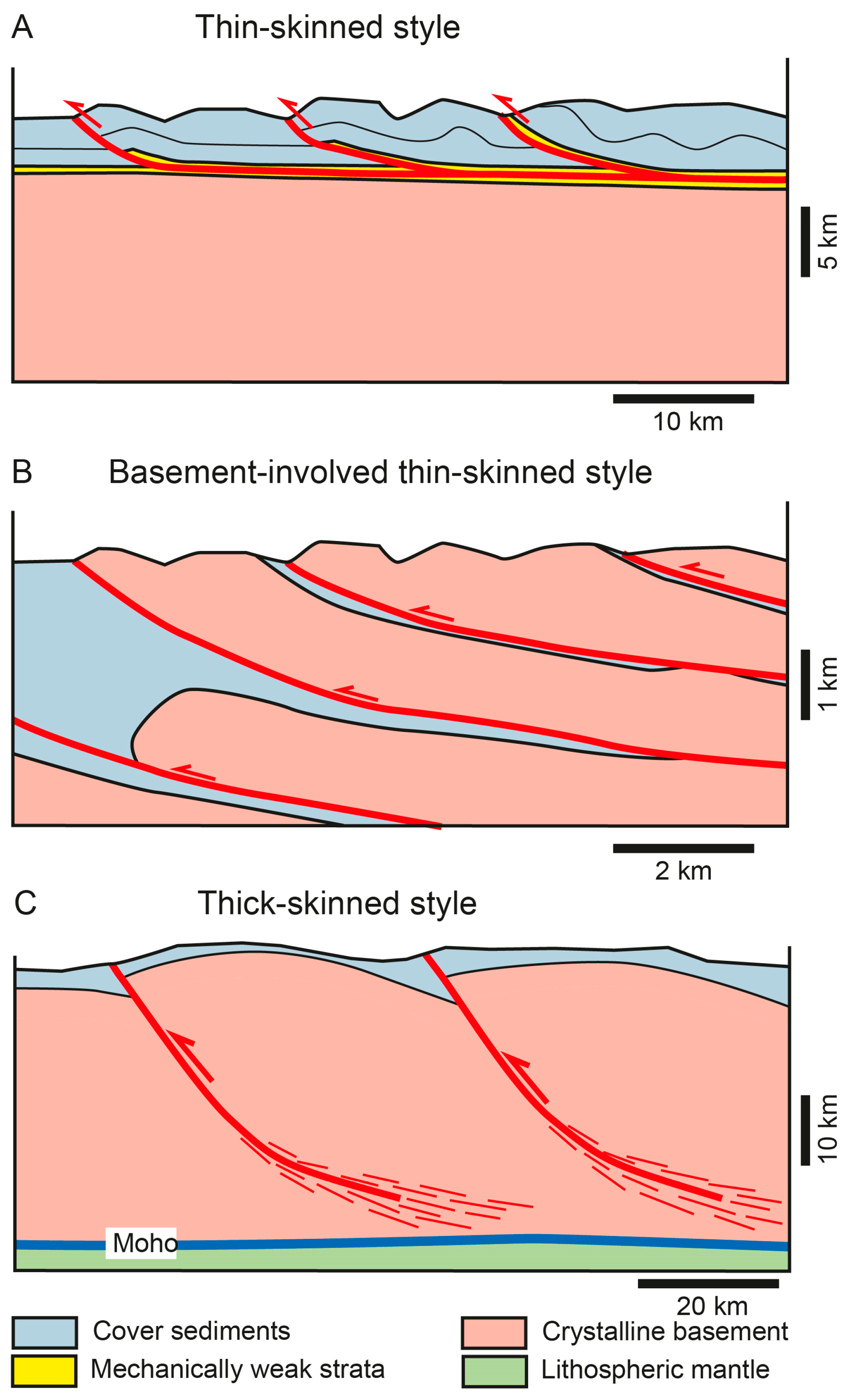
Credit: www.mdpi.com
Exploring The Himalayan Breed
Himalayan cats, often called Himmies, boast a unique blend of two beloved breeds. They mirror the Persians’ luxurious coats and the pointed patterns of Siamese felines. These traits make Himmies highly sought after. If your Himalayan cat seems unusually lean, understanding their typical body structure may offer insights.
Physical Characteristics
Himalayans share commonalities with their Persian counterparts, featuring round faces, short noses, and big eyes. Their bodies are sturdy and robust, covered in a dense, long coat that demands regular grooming. Short, stout legs support their solid frames, while their tails are fluffy and proportional to the body.
Typical Weight Range
The average Himalayan cat’s weight is not a one-size-fits-all number. These beautiful cats typically fall within a weight range that ensures health and happiness:
| Gender | Weight Range |
|---|---|
| Males | 9-14 lbs (4-6.5 kg) |
| Females | 7-11 lbs (3-5 kg) |
Weight can vary based on diet, activity level, and overall health. If your Himalayan cat falls below these ranges, a vet visit may be in order to rule out health issues.
Common Health Issues In Himalayan Cats
Himalayan cats, known for their luxurious coats and vivid blue eyes, are beloved pets. Yet, some owners may find their feline friend thinner than expected. Understanding common health issues in these cats is crucial for maintaining their well-being.
Genetic Predispositions
Himalayan cats have specific genetic traits that may impact their health. These aspects could influence their weight.
- Polycystic Kidney Disease (PKD): A common genetic condition leading to enlarged kidneys and weight loss.
- Cardiac issues: Heart conditions can arise, affecting appetite and body mass.
Signs Of Illness
Identifying illness early can protect your Himalayan cat’s health. Watch for these signs:
| Sign of Illness | What to Look For |
|---|---|
| Weight Loss | Gradual decrease in body weight, less interest in food. |
| Lethargy | Less activity, sleeping more than usual. |
| Coat Changes | Coat seems duller, with possible hair loss. |
| Behavioral Shifts | Any new or unusual behaviors, like hiding or vocalizing more. |
Noticing these changes means a visit to the vet is necessary. Overall health and diet must be evaluated.
Dietary Influences On Weight
An underweight Himalayan cat may indicate dietary issues. A cat’s weight reflects its overall health, making proper nutrition vital. The following sections explore how a cat’s diet influences its weight and what nutritional requirements are essential for a healthy, happy Himalayan.
Nutritional Requirements
Himalayan cats require a balanced diet rich in proteins, fats, and carbohydrates. These nutrients are essential for maintaining a healthy weight, energy levels, and a lustrous coat. Unlike other pets, cats have specific needs for certain amino acids, like taurine, that must come from their diet.
| Nutrient | Purpose | Recommended Sources |
|---|---|---|
| Protein | Muscle growth and repair | Meat, fish, eggs |
| Fats | Energy and cell function | Fish oil, chicken fat |
| Carbohydrates | Energy and digestive health | Vegetables, grains |
Impact Of Poor Diet
A poor diet can lead to health issues affecting your Himalayan’s weight. An imbalance in essential nutrients may result in weight loss or other concerns. Below are key factors where diet impacts a cat’s physique:
- Insufficient calories: Not enough food leads to weight loss.
- Low-quality food: Fewer nutrients mean poor health.
- Lack of protein: Essential for maintaining muscle mass.
It’s crucial to consult a vet to tailor your cat’s diet to its specific needs. A tailored diet ensures your Himalayan remains at an optimal weight and avoids the risks associated with being underweight.
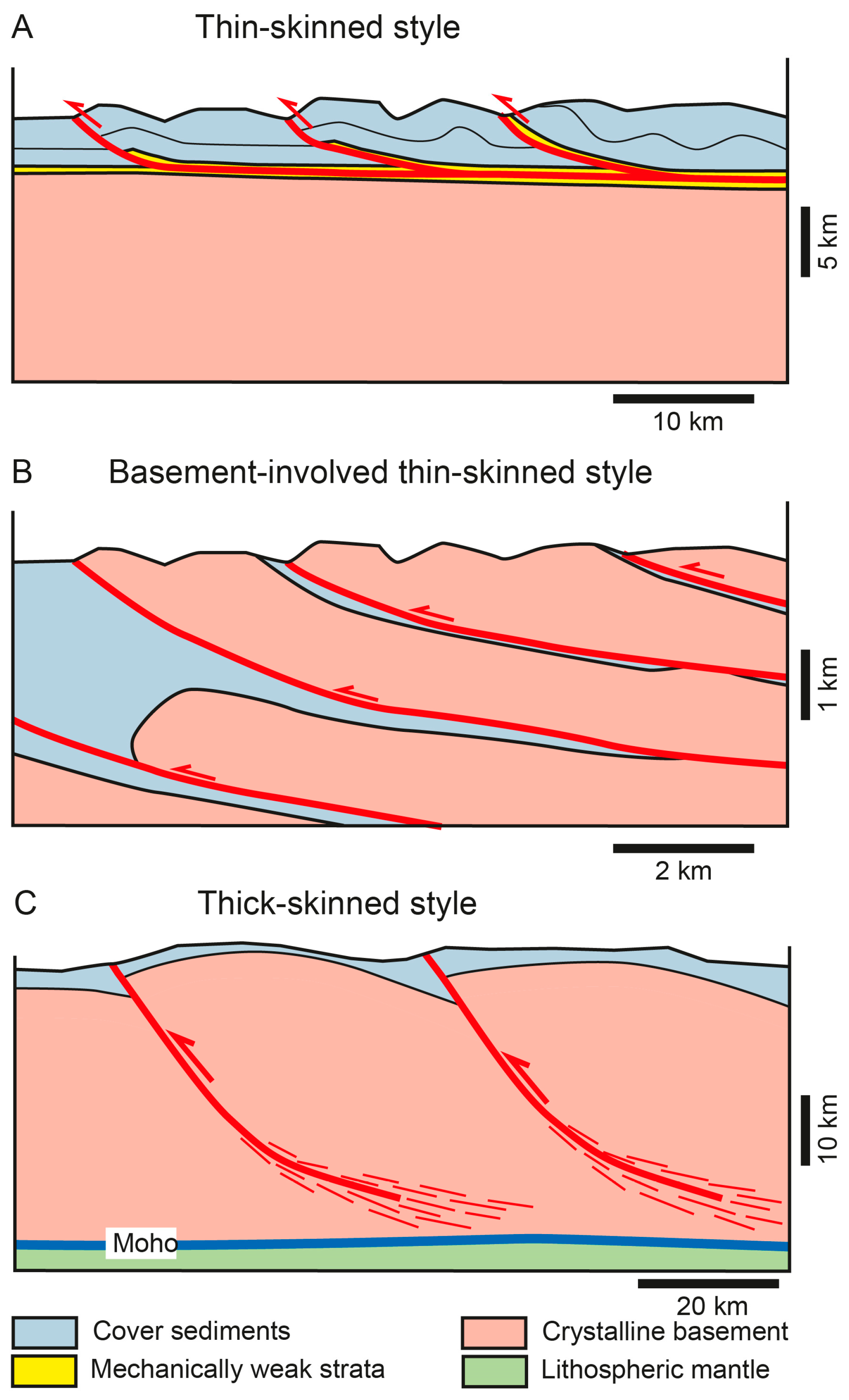
Credit: www.mdpi.com
Behavioral Factors Affecting Appetite
Understanding why your Himalayan cat remains skinny involves looking beyond physical health. Behavior plays a crucial role in how much your feline friend eats. We’ll explore how stress, anxiety, and activity levels might influence your cat’s appetite.
Stress And Anxiety
Cats are sensitive creatures. Stressful situations can lead to reduced appetite. Himalayan cats may feel stressed due to:
- Changes in their environment
- New pets or people at home
- Loud noises
Anxiety affects their eating habits. Signs include hiding more often or a sudden disinterest in food. It is essential to create a peaceful and stable environment for your cat.
Activity Levels
Does your cat play often? Low activity levels can signal low appetite. A Himalayan cat might need:
- Interactive toys
- Mental stimulation
- Regular playtime with their owners
Higher activity often leads to a better appetite. To ensure your Himalayan cat maintains a healthy weight, incorporate regular play and exercise into their routine.
When To Seek Veterinary Care
Concern arises when our furry Himalayan friends appear excessively thin. Discerning whether your cat’s weight is a sign of an underlying issue can be puzzling. It is crucial to understand when professional advice is necessary.
Assessing Body Condition
First, assess your Himalayan cat’s body condition. Look for a slight waist behind the ribs when viewed from above. The ribs should be palpable but not visible. Feel for any loss of muscle mass.
Signs to watch for include:
- Visible spine or hip bones.
- No discernible fat layer.
- Lack of interest in food.
Diagnostic Tests And Procedures
If you notice significant weight loss or other alarming symptoms, seek immediate veterinary care. A professional assessment ensures correct diagnosis and treatment.
Common diagnostic tests may include:
- Blood work to evaluate overall health.
- Urinalysis to check kidney function and signs of infection.
- Imaging such as X-rays or ultrasounds to inspect internal organs.
Remember early intervention is key to handling health issues effectively.
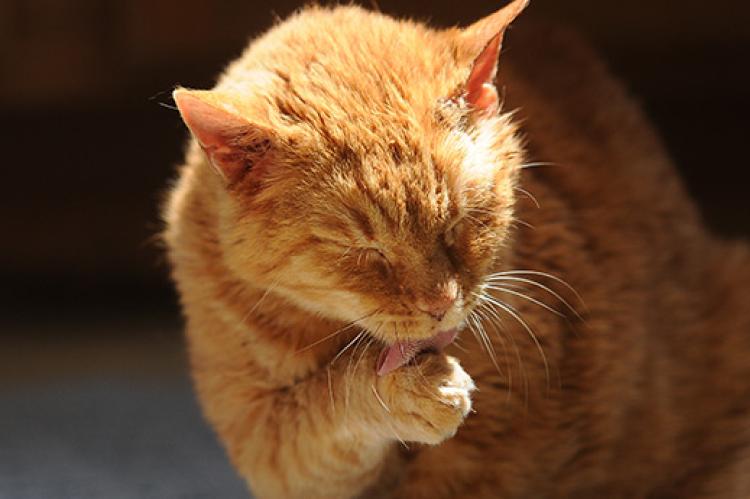
Credit: resources.bestfriends.org
Fostering A Healthy Weight
Noticing your Himalayan cat looking a little on the thin side can be worrying. A sleek, fluffy coat often hides what’s beneath, but it’s crucial to ensure your feline friend has a healthy body weight. Below, we discuss methods to help your Himalayan reach an optimal weight.
Effective Feeding Strategies
Getting your cat’s diet right is key to weight management.
- Measure meals. Use a standard measuring cup for kibble.
- Quality food. Select protein-rich, low-carb options.
- Consistent schedule. Feed at the same times each day.
- Limit treats. Keep treats to under 10% of daily intake.
Consider consulting a vet for personalized advice.
Exercise And Play
Exercise isn’t just about fun—it’s about health.
- Interactive toys. Encourage chasing and pouncing.
- Climbing structures. Provide trees or shelves for climbing.
- Daily playtime. Engage in play for at least 20 minutes daily.
Bond with your cat while they get fit.
Frequently Asked Questions On Why Is My Himalayan Cat So Skinny
Why Is My Cat So Skinny Even Though She Eats?
Your cat might be skinny despite eating due to various reasons including high metabolism, parasites, dental issues, or underlying health conditions like hyperthyroidism or diabetes. It’s important to consult a veterinarian for an accurate diagnosis and treatment plan.
How Can I Fatten Up My Skinny Cat?
To fatten up a skinny cat, consult a vet for dietary advice. Provide calorie-dense, nutritious foods like kitten food or vet-recommended supplements. Ensure regular feeding schedules and monitor the cat’s weight gain progress. Avoid overfeeding to prevent obesity-related health issues.
Is My Cat Too Skinny If I Can Feel Her Spine?
Feeling your cat’s spine does not necessarily mean she’s too skinny. Cats vary in body composition. If the spine feels very prominent and other bones such as hips and ribs are also easily felt, your cat might be underweight. Consult your vet for a proper assessment.
Why Is My Cat’s Spine So Bony?
Your cat’s spine may appear bony due to undernourishment, aging, or medical conditions like arthritis. Seek veterinary advice for proper diagnosis and treatment.
Conclusion
Understanding your Himalayan cat’s slim physique can be complex. Proper diet, health checks, and appropriate care are essential. Always consult a veterinarian for weight concerns. By ensuring your fluffy friend’s well-being, you’ll both enjoy a happy, healthy life together. Keep your cat’s whiskers wagging with love and attention.
